AEG EOG9330WN, EOG9330BN, EOG9330XN, EOG9330XL, EOG9330WL Manual

Model EOG9330
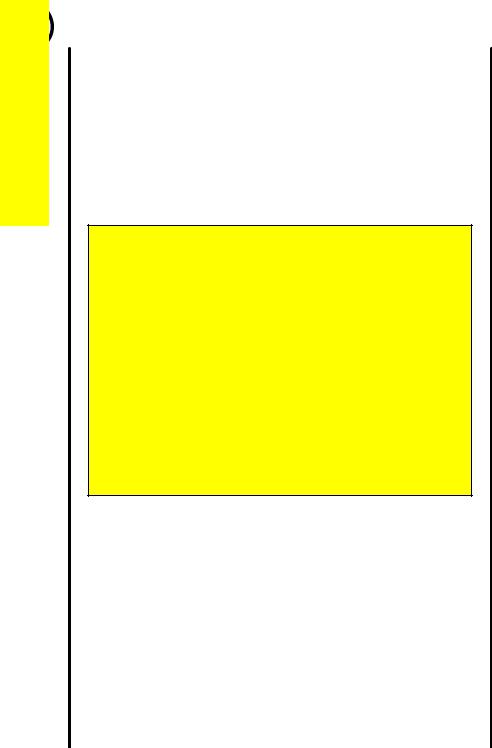
n
oit c u
d
ort nI
E O G 9 3 3 0
Introduction
This gas appliance has been designed and manufactured to all the necessary British Standards. It also carries the C.E. mark. The appliance complies with European Council Directive 90/396/EEC.
It is important that you understand how to use and care for the appliance properly before you use it for the first time.
We have written this booklet with your safety in mind. Read the booklet thoroughly before you use the appliance. Keep the booklet in a safe place so that anyone who uses the appliance can read it. Pass the booklet on with the appliance if you sell it to someone else.
For your safety
This appliance is not intended to be operated by means of an external timer or separate remote control system.
The appliance is designed for domestic use to cook food. You must not use it for any other purpose. It is not designed for commercial use.
Keep children, babies and toddlers away from the appliance at all times.
The installation instructions that came with the appliance tell you how and where it can be fitted. If the appliance is already installed you must make sure that all instructions have been followed. If you are in any doubt ask a registered person. More details on installation on page 4.
We have included several drawings to show the right and wrong way of doing things.
The right way will have a smiling face by it.
A sad face shows something is wrong.
RATING PLATE
This is situated on the lower front frame of the appliance and can be seen upon opening the door. Alternatively the rating plate may also be found on the back or top of some models (Where applicable). Do not remove the rating plate from the appliance at this may invalidate the guarantee.
2

E O G 9 3 3 0
Contents |
Page |
Installing the appliance |
4 |
|
|
General information |
5 |
|
|
The cooling fan for the controls |
5 |
|
|
Ignition |
6 |
|
|
Lighting the oven and grill |
7 |
|
|
Oven light |
8 |
|
|
The grill |
9 |
|
|
The grill pan and handle |
11 |
|
|
The oven |
13 |
|
|
Baking trays and dishes |
15 |
|
|
Oven cooking charts |
16 |
|
|
Slow cooking |
19 |
|
|
The electronic timer |
21 |
|
|
Care and cleaning |
23 |
|
|
What is wrong and why? |
27 |
|
|
Replacing an oven light bulb |
29 |
|
|
Servicing |
30 |
|
|
Installation Instructions |
32 |
|
|
Technical Data |
33 |
|
|
Safety requirements/ventilation |
34 |
|
|
Location of appliance |
35 |
|
|
Installation |
36 |
|
|
Testing |
38 |
|
|
Guarantee conditions |
42 |
|
|
Contents
3
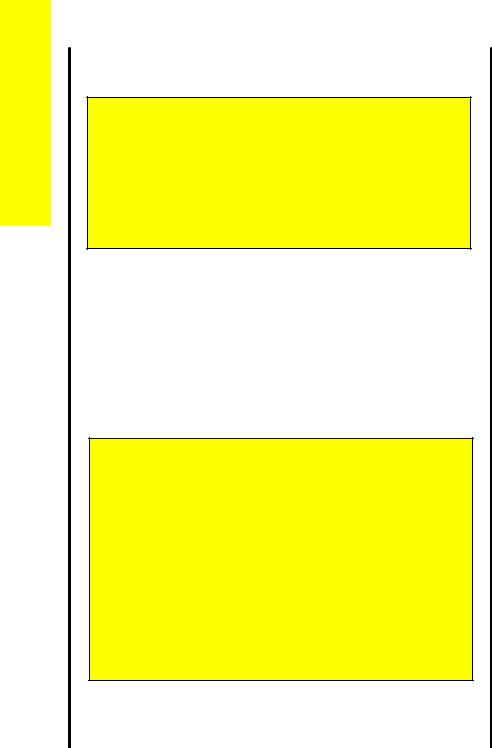
Installation
E O G 9 3 3 0
Installing the oven
For your safety
This appliance must be installed and serviced by a competent person as stated in the Gas Safety (Installation & Use) regulations current edition and IEE Wiring Regulations.
It is important that the appliance is suitable for your gas supply. Your installer should check the rating plate.
Cabinet Dimensions
This appliance must be fitted into a cabinet with a suitable sized
aperture. |
|
Minimum aperture height |
874mm |
Minimum aperture width |
560mm |
Minimum aperture depth |
560mm |
Location
For your safety
The use of a gas cooking appliance results in the production of heat and moisture in the room in which it is installed. Ensure that the kitchen is well ventilated: keep natural ventilation holes open or install a mechanical ventilation device (mechanical extractor hood).
Prolonged intensive use of the appliance may call for additional ventilation, for example opening of a window, or more effective ventilation, for example increasing the level of mechanical ventilation where present.
For further details see page 34.
4
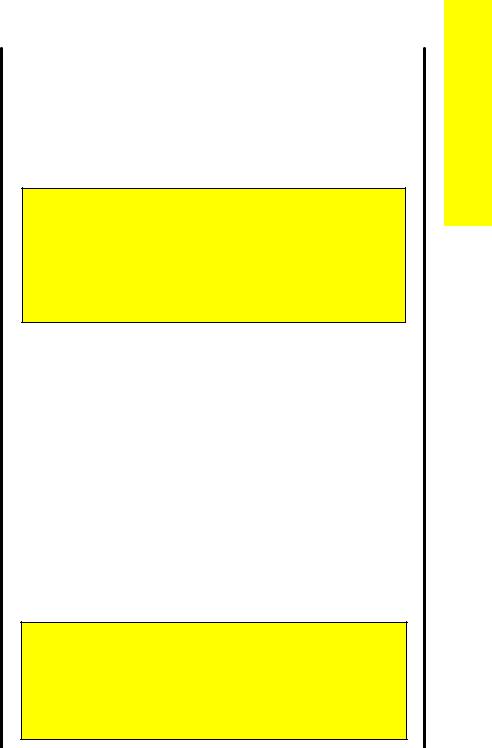
E O G 9 3 3 0
General information
To get the best results from your new appliance please read these instructions carefully.
You should pay particular attention to cooking times and gas mark settings as these may differ from your previous appliance. You may find it necessary to adjust these until you are more familiar with the appliance.
For your safety
Do not block any of the oven vents. Never line any part of the oven with foil.
Do not let items which can catch fire or electric mains leads such as kettle flexes trail over any part of the oven.
Appliance housing units vary widely in construction and finish. To avoid possible damage to the housing unit, you must not leave cabinet doors or flaps above the appliance open or partially open when you use the grill or appliance. If you have a storage area above your appliance it will become warm when you use the appliance. Do not store perishable foods in the storage area above the appliance.
The cooling fan for the controls
Your appliance has a cooling fan. The cooling fan will start to work as soon as you light the grill or appliance. You will be able to hear the fan when it is working.
The cooling fan may continue to work after you have turned off the appliance or grill. It will switch itself on and off until the appliance has cooled down.
If you want to turn off the electrical supply to the appliance, you should not do so until the cooling fan has stopped working.
For your safety
When you are using the grill or oven warm air will exhaust from the grill cavity and the vents below the control panel.
Take care not to stand too close to the oven or grill while in use.
General information
5

General information
E O G 9 3 3 0
Ignition
The grill and oven burners light automatically when you turn on the control. If, for any reason either of the burners go out, the spark ignition will automatically relight it.
Please note:
You can only use the grill with the door fully or partially open. You cannot use the grill when the door is closed.
You cannot use the oven or grill in the event of a power failure.
Connecting to the electricity supply
For your safety
This appliance must be earthed and protected by a 3 amp fuse.
The plug supplied with the appliance can be fitted directly to a suitable three pin earthed socket. Ensure the plug is accessible to the user.
If you have to change the fuse replace it with a 3 amp fuse which has been ASTA approved to BS 1362.
Do not use the plug until you have put the fuse cover back on. If the fuse cover is lost you can get a replacement from an electrical retailer. The correct replacement can be identified by marking or colour coding.
If you cut the plug off dispose of it safely as it will be a shock hazard if it is inserted into a 13 amp socket elsewhere in the house.
If the ignition system doesn't work there may be a fault with the electrical supply. First, check the socket by trying out another piece of electrical equipment in it, if that works correctly renew the fuse in the plug.
If the fuse keeps failing there is a fault in the appliance which must be put right. Do not use a fuse with a rating higher than 3 amps. Do not carry out other electrical work. Unplug the appliance and tell your installer.
6

E O G 9 3 3 0
Lighting the oven and grill
Grill
To light:
1Open the grill door.
2Push in the control knob and turn it to the highest setting. This is shown by a large flame symbol.
3 Leave the grill door open when you you are using the grill.
For your safety
Never cover the grill pan or grid with foil as this can lead to grill fires.
Oven
To light:
1Open the oven door.
2Push in the control knob and turn it to gas mark 9. When the burner has lit there will only be small flames at first.
3Now turn the control knob to the gas mark you want.
4Wait until the burner is showing large flames.
5Close the oven door.
Lighting the oven and grill
7
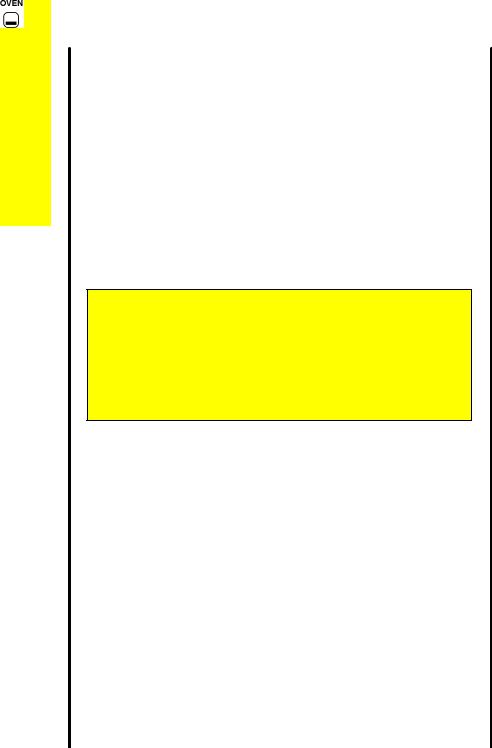
Lighting the oven and grill
E O G 9 3 3 0
To turn off any burner
1Push in the control knob and turn it to the off position. This is shown by a large dot.
For your safety
When you are lighting any burner check that it has lit before you leave the appliance.
When you are turning off a burner do not leave the appliance until the flame has gone out.
Oven light
The main oven light will come on when the oven burner is alight. If you need to replace the oven light bulb, follow the instructions given on page 29.
8
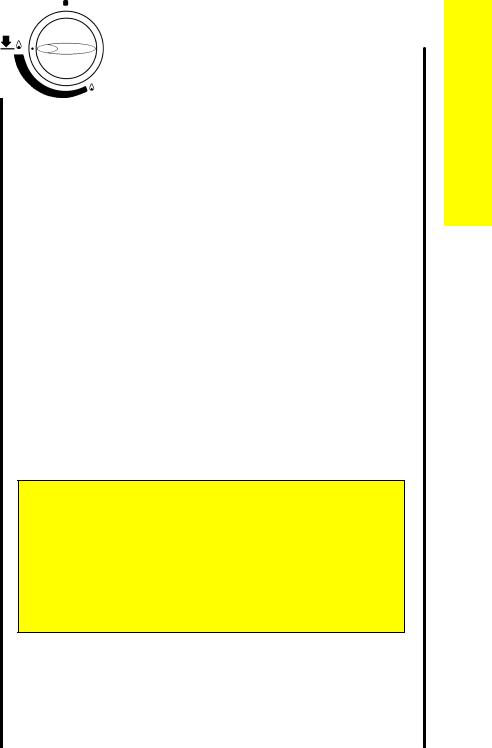
E O G 9 3 3 0
The grill
We suggest that you run the grill without food for approximately 5 - 10 minutes to burn off any residue from the surface. During this period an odour may be emitted, it is therefore advisable to open a window for ventilation.
Heat control
The grill gives variable heat settings.
The control knob turns to the left from 'OFF' to 'HIGH' and then to 'LOW'. The high setting should be used for fast cooking such as toast. Use a lower setting to cook thicker foods such as chicken after it has been browned on the high setting.
You should remember to turn the food regularly.
You should not use the grill to keep food warm as it will continue to cook the food.
The grill pan should be used on the shelf without the metal plate underneath it. The shelf can be positioned in any of the runner positions. You can reverse the grill pan grid to suit different types of food.
If you close the door whilst the grill burner is lit, it will go out and you will hear a continuous 'sparking'. The burner will automatically re-light when you open the door.
For your safety
You must keep the grill door open when the grill burner is lit. Accessible parts may be hot when the grill is used. Young children should be kept away.
Never cover the grill pan or grid with foil as this can lead to grill fires.
The grill
9
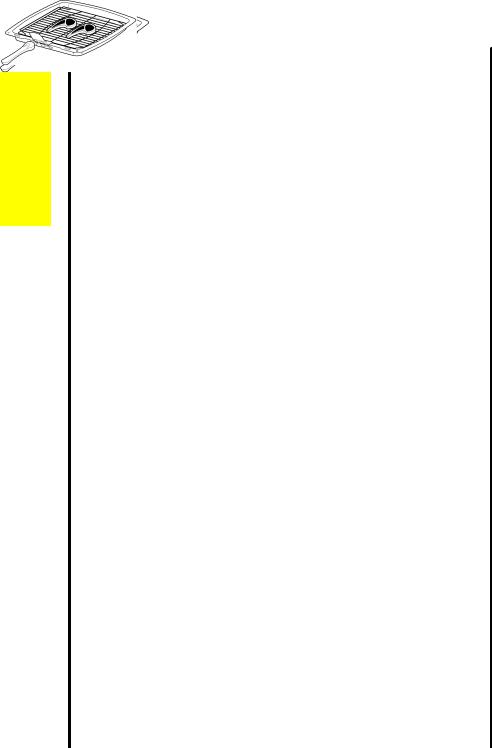
The grill
E O G 9 3 3 0
Cooking positions
There is only one position for the grill shelf (Position 2). Positions are counted from the top downwards.
Most food should be cooked on the grid in the grill pan. You can turn the grid over to suit different thicknesses of food.
You can place some dishes straight on the grill shelf. This is useful when you are browning the top of food such as cauliflower cheese.
Preheating
You don't usually need to preheat the grill. You may wish to preheat it for a couple of minutes when you are cooking steak or browning food.
Positioning food on the grid
Place food such as toast, tea-cakes and muffins towards the centre of the grid. If you put food outside this area it may require rotating during cooking.
Place food which needs a more gentle heat, such as tomatoes or mushrooms towards the edge of the grid.
Arrange meat, meat products and fish to suit their thickness and how you like them cooked.
10
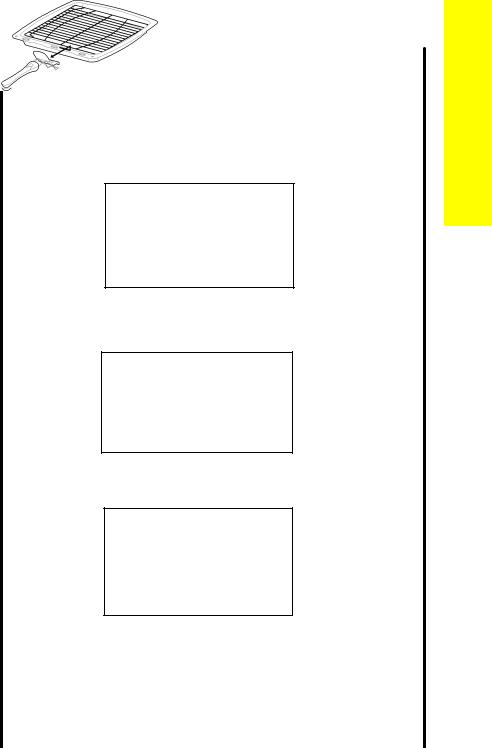
E O G 9 3 3 0
The grill pan and handle
The grill pan is supplied with a removable handle.
To attach the handle, place the wirework under the cut out in the pan so that the metal plate hooks over the top of the grill pan.
Slide the handle to the left and over the central bump on the grill pan.
Ensure the handle is correctly located. It is not necessary to remove the grill pan handle during grilling.
Place the grill pan on the shelf so that the pan is positioned centrally beneath the grill.
To remove the handle, slide the handle to the right and lift the handle away from the cut out on the grill pan.
Note
If you require an additional handle for your grill pan, this can be ordered from your local Service Force Centre by quoting part number 311479800\6.
The grill
11

The grill
E O G 9 3 3 0
To check the progress of the food when using the grill you should withdraw the grill pan on the shelf to attend to food. After removing the grill pan you can rest it on a heat resistant work surface if you need to.
Plate warming
You can use the grill compartment to warm plates while the oven is on. Do not place plates to warm under the grill when it is on as this may damage the plates.
12
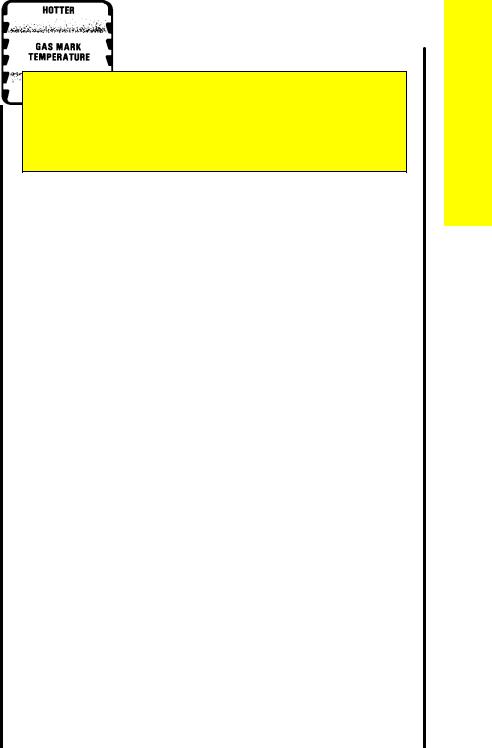
E O G 9 3 3 0
The oven
For your safety
Never leave the appliance unattended when the oven door is open.
Before you use the oven you should wipe it out with a damp cloth. This will remove any dust.
We suggest that you run the oven without food for 10 - 15 minutes at Gas mark 7 to burn off any residue from the surface. During this period an odour may be emitted, it is therefore advisable to open a window for ventilation.
Heat zones
There are zones of heat within the oven. The temperature in the middle is the gas mark you have chosen.
The top of the oven is slightly hotter and the lower shelf slightly cooler. The base of the oven is quite a lot cooler. You can make use of these heat zones when you are cooking foods requiring different temperatures all at the same time.
If you are cooking more than one tray of similar items, for example cakes or biscuits, swap the trays around during cooking. Or you could remove the top tray when the food is cooked and move the lower tray to the higher shelf to finish cooking.
Preheating
You do not need to preheat the oven for casseroling and so on.
Preheat the oven for baking or when you are cooking sensitive food such as Yorkshire puddings, soufflés and yeast mixtures.
When you are cooking or reheating frozen or chilled food read the instructions on the packaging.
When you need to preheat the oven, we recommend you do so for 20 minutes.
The oven
13

The oven
E O G 9 3 3 0
Oven shelves
The two oven shelves can be slotted into place in any of five positions. For safety the shelves will only pull out so far. If you want to remove a shelf completely, pull it forward as far as it will go, raise the front edge and lift it out. To put the shelf into a different position, keep the front edge raised, slot the shelf onto the runner, lower the front edge and slide the shelf in.
The shelf positions are counted from the top downwards and recommended shelf positions are given in the cooking charts on pages 16, 17 and 18. When cooking always try to leave at least one runner position between shelves to allow the heat to circulate properly.
The recommended shelf positions given in the oven cooking charts give the best results.
When you only need to use one shelf you can store the other shelf above or below the one you are using where there is more space.
Use the shelf with the metal plate in a higher runner position when cooking on two levels.
14
